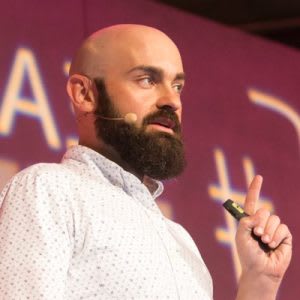Register or log in to access this video
When Chuck Yeager became the first pilot to fly faster than the speed of sound, he set off a race around the world to do the same with a plane full of paying passengers. The United States, Russia, the UK, and France all wanted a piece of the inevitable fortune to be made building aircraft to cross oceans faster than sound itself.
In the end, though, only one design ever flew passengers in significant numbers, the Anglo-French Concorde. Why? What set the work of British and French engineers apart from competing efforts and allowed them to succeed where other nations failed? Let’s see what we can learn about constraints and compromise from this remarkable story.
